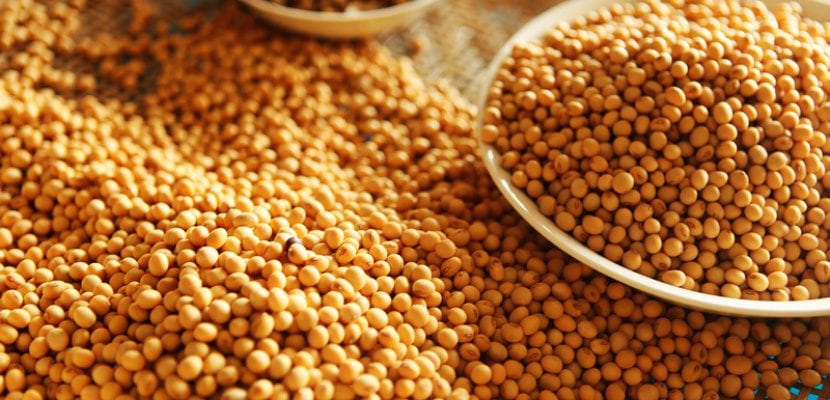
More and more the vegetarianism and veganism is more widespread in society, many people decide to make this nutritional decision either for health, principles or activist motives.
One of the controversies that this condition encompasses is where they "get" the amounts necessary to get the protein they have stopped receiving from animals. Next we will see what are the best sources of vegetable protein.
The vegetable protein is of quality, we reduce the risk of suffering from heart disease or diabetes, one of the best to consume is the soy.
The best vegetable proteins
Soybean
As we anticipated, soy is the perfect ally for those who are vegetarians or vegans, since it is capable of providing each of the amino acids that our body needs. For example, a cup of soy milk provides us with 12 grams of vegetable protein, while half a cup of tofu are 10 grams and a half cup of tempeh just over 15 grams.
These derived products also contain high amounts of calcium and vitamin D to maintain strong bones.
Nuts and seeds
All the seeds and nuts They provide us with a large amount of protein, quinoa for example is one of them since a cup of it provides us with 9 grams of protein. While on average, 28 grams of nuts gives us about 7 grams.
Walnuts and peanuts, although the latter are within the legume family, are the protagonists since in addition to proteins they give us unsaturated fats, vitamin E, and lots of dietary fiber that helps us reduce bad cholesterol.
Vegetables
As are lentils, chickpeas, beans or beans are the most indicated to consume since we can obtain from 13 to 18 grams of vegetable protein. They are high in soluble fiber and help us control blood levels, give us potassium and reduce hypertension.
Whole grains
Finally, the whole grains They are perfect to add to our diet, they are healthier than whites and with them we can create fantastic dishes. Brown rice, whole wheat pasta or bran is the most indicated.
We can always find alternatives In order to receive vegetable protein, among legumes, whole grains and seeds, we can have everything we need so that our bones and muscles are up to the task.